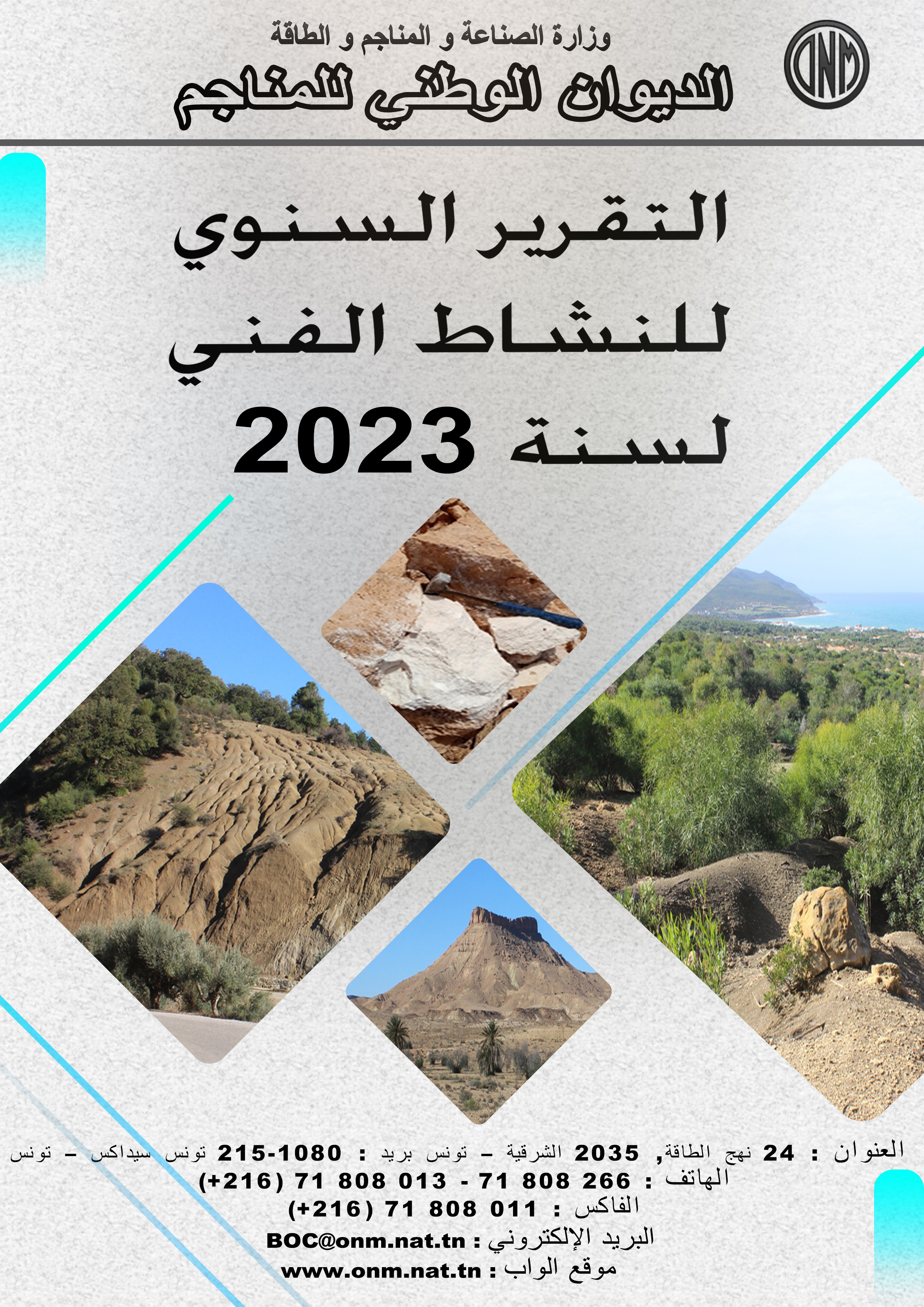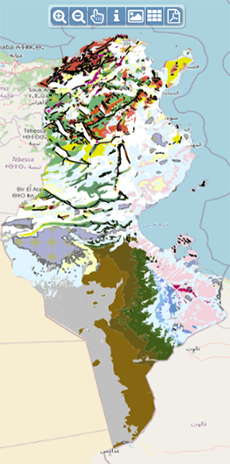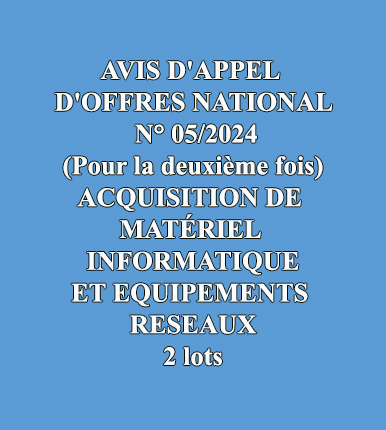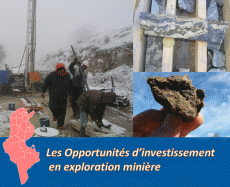| Programme annuel & rapport de suivi technique |
-

Programmes Techniques 2025
-

Rapport d'activités 2023
|
| Géocatalogue |

|
| Appels d'Offres |
-

DESIGNATION D’UN REVISEUR COMPTABLE POUR LES EXERCICES 2025-2026-2027
-

ACQUISITION DE MATERIEL INFORMATIQUE ET EQUIPEMENTS RESEAUX
|
|
Investir en Tunisie |


|
|
|
|
|
::
Documentation and Editions
>>
Research library
|
| |
|
[
Search by author
]
[
Search keyword
]
[
Search by index
]
[
Search by category
]
|
title of the reference :
|
Fluid inclusion and mineralogic assemblage at Kef el Fadjel (Northern Tunisia).
|
|
Publication Date:
|
1997
|
|
Author :
|
Jaafari Mohamed, Slim-Shimi Najet, Tlig Said
|
|
Catalogue type :
|
Livre
|
|
Catalogue reference :
|
Fluid inclusion and mineralogic assemblage at Kef el Fadjel (Northern Tunisia). 1st. Mining Conf in the Great Jamahiriya Mineralogic assemblage and fluid phase associated at Kef el Fajel show a net variation during time the physio-chemical of the mineralisant fluid, in this time the nature of sulfur deposit change eagle. Thus the earliest fluid is recorded by dolomite, has been trapped at 110 to 220°C with 17 equiv. Wt NaCl, and responsible of galena and sphalerite deposit. During the second hydrothermal stage, the suppression and rechauffement of hydrothermal system lead to aque-carbonique fluid transfer at (420-340°C)with 20 equiv. Wt NaCl, taking turn hypersaline fluid 24 Wt equi. NaCl circulating at high temperatures (360-300°C): limited unmixing occurs at 340°C and 160 bars in response to studden pressure drop, this fluid is respisable for the silicification, chlorotisation and chalcopyrite deposit. The cooling and dilution of hydrothermal fluid lead to fluorine deposit which inclusion homogenize at (120-160°C)and low salinity (18 equiv. Wt.NaCl). The unusually hign contrast in salinities and temperatures of the ore depositing fluid during time suggest the great metallogenic cycle englobing two hydrothermal stage at the Mogods locality. inclusion fluide ; chalcopyrite ; chloritisation ; silicification ; salinité ; fluorite ; Tunisie ; Tunisie Nord Occidentale ; Kef el Fajel Slim-Shimi Najet Tlig Said Jaafari Mohamed Gîtologie
|
|
Indexation decimale :
|
Gîtologie
|
|
Keywords :
|
inclusion fluide ; chalcopyrite ; chloritisation ; silicification ; salinité ; fluorite ; Tunisie ; Tunisie Nord Occidentale ; Kef el Fajel
|
|
Summary :
|
Mineralogic assemblage and fluid phase associated at Kef el Fajel show a net variation during time the physio-chemical of the mineralisant fluid, in this time the nature of sulfur deposit change eagle. Thus the earliest fluid is recorded by dolomite, has been trapped at 110 to 220°C with 17 equiv. Wt NaCl, and responsible of galena and sphalerite deposit. During the second hydrothermal stage, the suppression and rechauffement of hydrothermal system lead to aque-carbonique fluid transfer at (420-340°C)with 20 equiv. Wt NaCl, taking turn hypersaline fluid 24 Wt equi. NaCl circulating at high temperatures (360-300°C): limited unmixing occurs at 340°C and 160 bars in response to studden pressure drop, this fluid is respisable for the silicification, chlorotisation and chalcopyrite deposit. The cooling and dilution of hydrothermal fluid lead to fluorine deposit which inclusion homogenize at (120-160°C)and low salinity (18 equiv. Wt.NaCl). The unusually hign contrast in salinities and temperatures of the ore depositing fluid during time suggest the great metallogenic cycle englobing two hydrothermal stage at the Mogods locality.
|
|
Exemplaries :
|
TU1997
|
|
|
|
|
|
|
|



